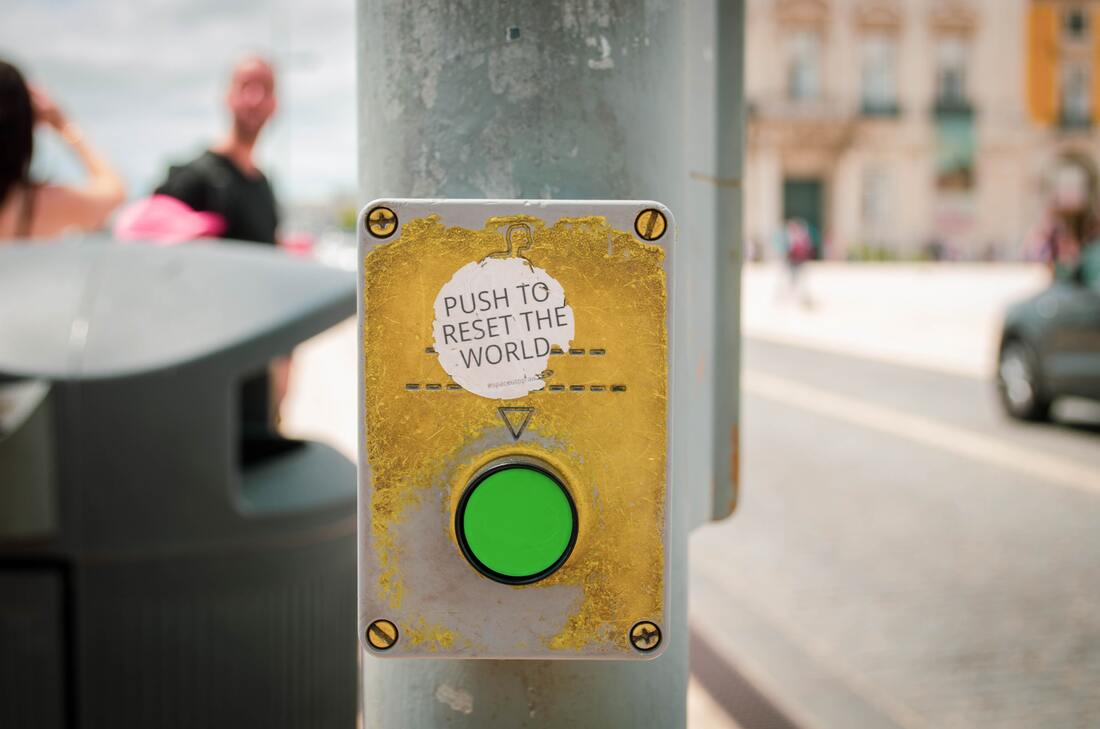Huibert EvekinkCo-founder Futureteaming Ever has it been that love knows not its own depth until the hour of separation.
Gibran Kahlil Replace “love” with “ a team”, and you know what we’ve been reading, writing and talking about in the last months, even if the remote work format has been around since the 1980s. Now, with the end of lockdowns in sight, the time has come to move from talking to walking. Progress will come by trial and error. No amount of tips, hacks or to-do lists will completely prepare us for what is about to happen: we‘ll have to move before we're ready. In many parts of the world, leaders and their HR teams are starting to get their minds around how to mix remote and on-site working. Who will be asked to come back in and who can stay home? What type of office space will we need? What is the competition for talent doing? What does the staff actually want? And the list goes on. Fueled by the “we’ll get through this together” survival instinct, we bravely zoomed through the lockdown. Today, however, even the most die-hard introverts are looking forward to seeing their co-workers face-to-face. So for ambitious leaders and their teams, the time has come to reconnect, realign and agree on a more sustainable hybrid model that works for everybody. Curse or a blessing? The optimists see a competitive opportunity and rave about greater access to talent, increased productivity, flexible lifestyles, higher engagement, all at lower cost and impact on the environment. The sceptics are quick to mention that working from home during the global pandemic has provoked loneliness, misalignment and disengagement in even the most motivated and resilient teams. Even in industries that by nature of their jobs have the highest potential for remote work - finance & insurance - the difference in thinking is striking. Goldman Sachs wants most of its workers back in the office, while Citigroup, HSBC and JP Morgan are moving towards flexible hybrid models of work. There are two sides to every story and the truth - like most things in office life - usually lies somewhere in the middle. Dealing with hybrid complexity and finding that the productive sweet spot between unrealistic optimism and rigid negativity has become a critical task for teams in a “Working Apart Together” world. The complexity of long-distance relationships Hybrid working is a bit like a long-distance relationship: it works if there's a “common project”, trust, regular in-person touchpoints and the determination to keep it that way. But, if the foundations are weak, distance will push people further apart until a break-up is less painful than staying together.
The Big Reset: finding the “right” hybrid team configuration Predictably, there is no simple “universal” formula for finding the optimal way of working as a team, but you can start to explore your hybrid potential by sparking team discussion around the following 4 questions:
We have a good idea of what those basic ingredients are, but how you put them together depends on the team running the kitchen. Spending time reconnecting, realigning and resetting the team for a hybrid world of work is the start. The level of maintenance - or resets – will determine the long-term success. Good luck and get in touch to explore your hybrid needs and capabilities!
0 Comments
Leave a Reply. |

